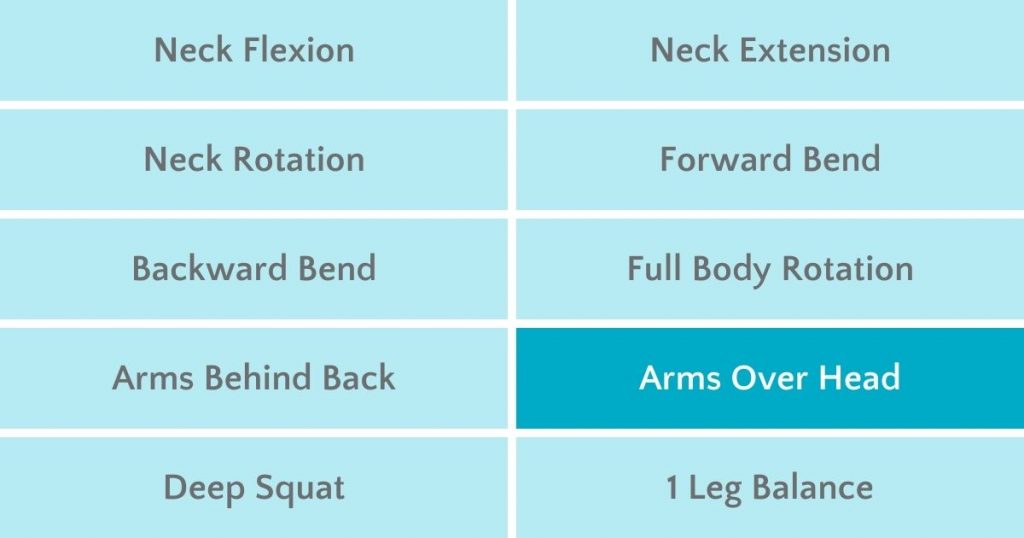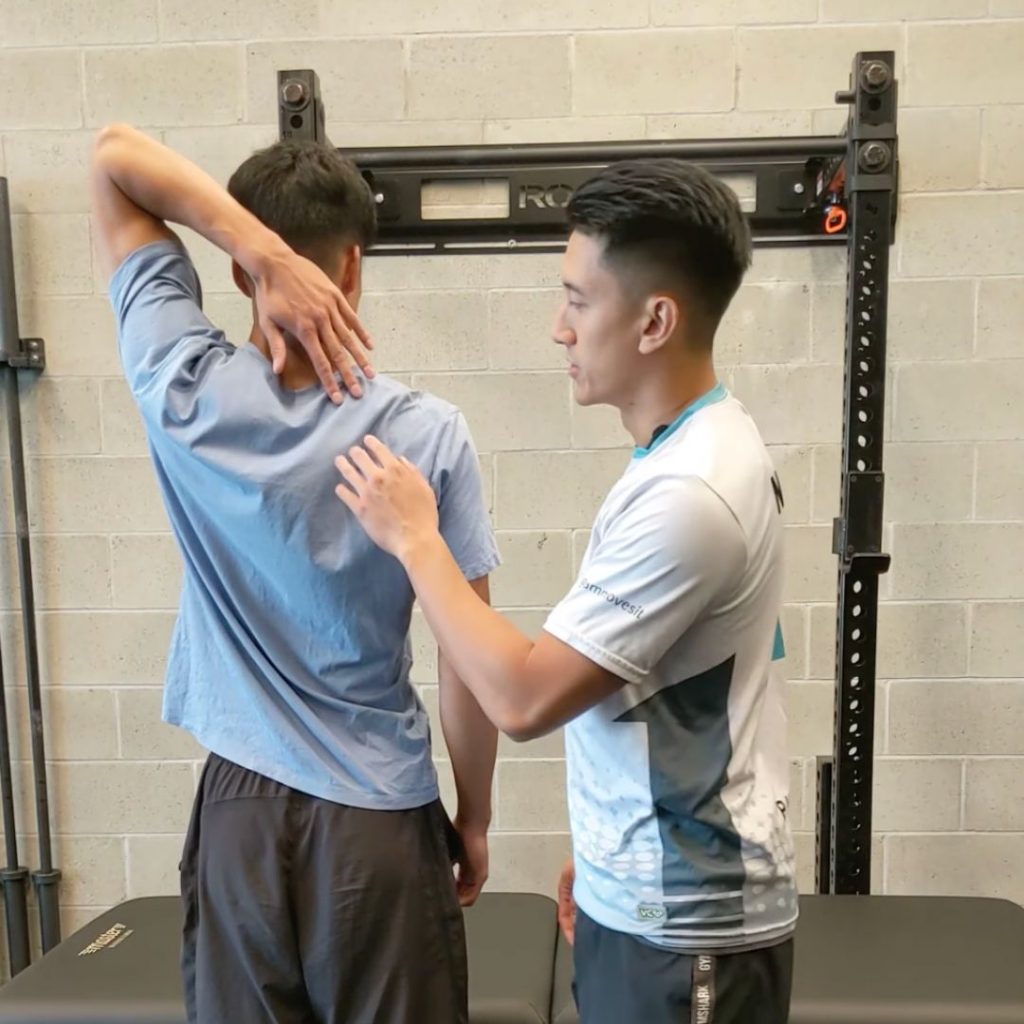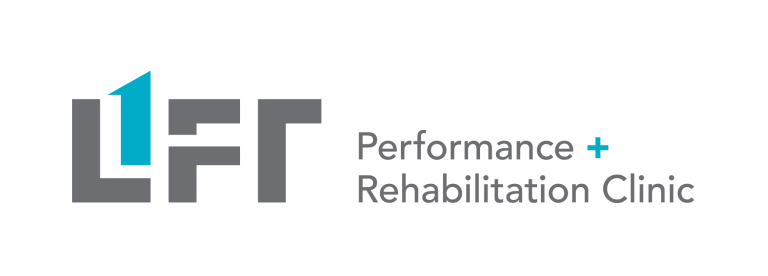Fix shoulder pain and optimize your arms over head mobility with Lift Clinic’s team of physio, chiro, RMT and strength coaches!
This post will focus on the assessment techniques used to find the causes of shoulder pain during the arms over head movement pattern.
The arms over head movement pattern gives us important insight into the health of your upper back, shoulder joint, and the movement of your shoulder blade. This movement is important for everyday activities such as lifting boxes up high and for performance in overhead sports such as baseball, swimming, and volleyball.
This post is a continuation of our blog series on our full body assessment. If you haven’t already, visit our blog page to learn more about how we assess and treat other movements in the body.

For any given movement pattern, our treatment approach follows 4 primary steps:
- Assessment
Techniques used to test ranges of motion and find the root causes of limitations
- Reset
Hands on treatment techniques used to improve & restore limited range of motion
- Reinforce
Exercises or self treatments that help maintain the gains made from the reset techniques.
- Reload
Exercises that develop strength, resilience, and coordination for the desired movement pattern.
5 assessment techniques to find limitations in mobility and fix shoulder pain:

1) Arms over head assessment
We’ll start with the arms over head assessment to test mobility in the upper back, shoulder blade, shoulder joint, and elbow. If you’re unable to perform this movement, we’ll do further tests to find out where the limitations are coming from.

2) Lumbar locked rotation
This assessment tests rotation and extension in your upper back. If you’re unable to do any of the following tests using your own strength, we’ll do a passive test where the clinician assists you in the motion. For this test, we’re see if you can get at least 50 degrees of rotation.

3) Shoulder flexion/abduction assessment
This assesses your shoulder’s ability to move all the way overhead. Here, we want to see if you are able to touch your ear to your shoulder.

4) Shoulder external rotation assessment
Shoulder external rotation involves rotating your shoulder backwards as seen in the picture to the left. We want to see if you are able to move into 90 degrees of motion.

5) Elbow flexion assessment
Elbow flexion is the movement of bending your elbow. In this assessment, we want to see if you can touch your thumb to your shoulder.
What's next for fixing shoulder pain?
After a thorough assessment of your arms over head movement, the next step is to treat the root cause of your limitations so you can get back to 100%. This will consist of a combination of hands-on treatment techniques as well as specific exercises.
Stay tuned for the next post in the series: Arms Over Head Resets
